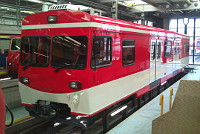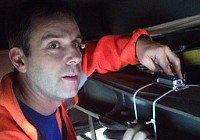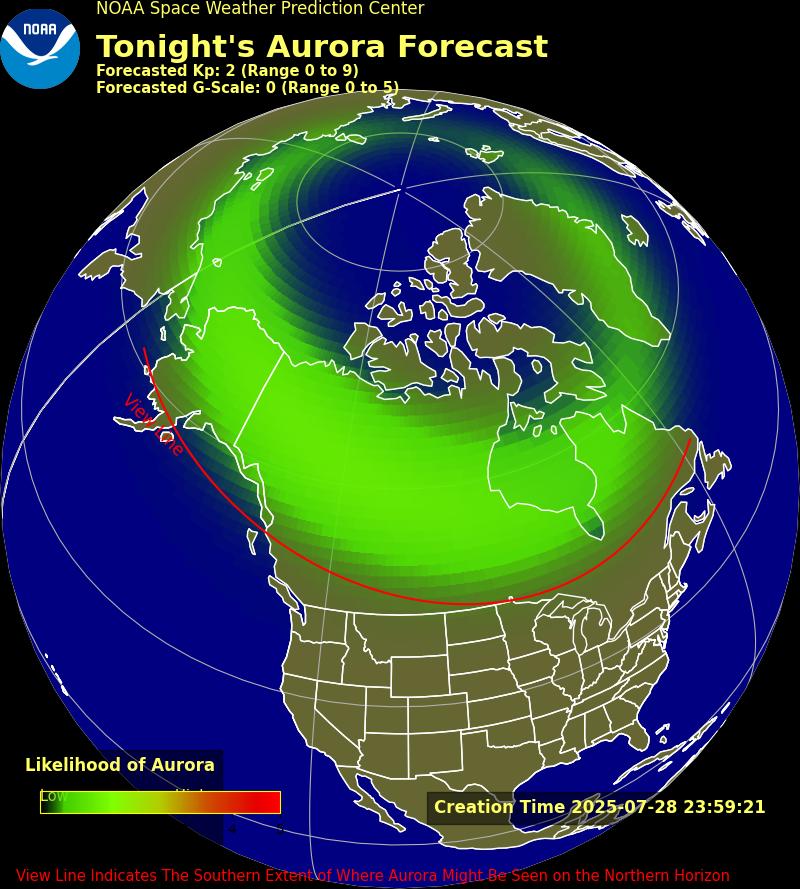Stadler Rail using MSR Mini Data Loggers to quantify rail transportation comfort
|
 |
Authors: Dipl.-Ing. Karl Tillmetz (Stadler Bussnang AG), Dipl.-Ing. Claudia Kossmann (Stadler Altenrhein AG), Gabriela Zumkehr (MSR Electronics GmbH), Alan Lowne (Saelig Co. Inc.)
It doesn’t always need large and expensive instrumentation and data acquisition equipment to provide valuable assistance in making accurate driving performance tests for rail vehicles. Miniature data loggers can be just as useful tools for measuring comfort and driving – and more convenient too!
Nowadays, everyone wants better comfort, better safety, and better economy. In the case of rail vehicles, a manufacturer must balance the different requirements of operators, passengers and even legislators. This is indeed the case with Swiss railcar manufacturer Stadler Rail AG, which manufactures rail and tram transport systems. The company, with more than 6,000 employees, is also a leading manufacturer of rack rail vehicles. Stadler’s technical specialists are responsible for mobile measurements of vehicle dynamics on the equipment they manufacture. Two of their engineering experts, Dipl.-Ing. Karl Tillmetz (Bussnang factory) and Dipl.-Ing. Claudia Kossmann (Altenrhein factory) are responsible for the technically challenging investigations of both driving safety and passenger comfort. "For these tasks," says engineer Tillmetz, "Stadler uses miniature battery-powered MSR165 data loggers with built-in 3-axis acceleration sensors."
Comparing subjective ride comfort with measured data
|
 |
|
Rather than subjective opinions of passengers, what is needed is repeatable hard data to give a quantitative indication of ride quality. Miniature, autonomous simple-to-use universal data loggers are commercially available that feature built-in highly sensitive sensors for a wide variety of parameters, and, being small, are convenient and unobtrusive to install. MSR Electronics GmbH(Switzerland) manufactures tiny lightweight loggers that can sense almost any physical and electrical measurement: temperature, humidity, pressure, brightness, vibrations, or other voltage-based sensor output values. Stadler Rail has used MSR’s data loggers in many different applications, such as for the investigation of sudden vibrations or other vibration phenomena in rail vehicle operation. According to Stadler’s engineers, the qualities of these data loggers - autonomous, self-powered, very small, very large memory – make them ideal for mobile vibration studies, and they can also be rapidly deployed for spontaneous measurements. These tiny data recorders can be installed quickly and unobtrusively, and provide fast set-up vibration monitoring that can quantify actual train riding comfort. "Passenger requirements for ride comfort, which is greatly affected by vibration behavior, have grown increasingly stringent in recent years," said Tillmetz. "Our tests monitor three-axis acceleration on the vehicle floor, on the chassis, and in the center of the car with MSR data loggers, so we can provide objective measurements and thus give a numerical indication of ride comfort."
Stadler’s experiments have detected vehicle vibrations in a frequency range of up to 100 Hz. The MSR data logger’s sampling rate was set to 400 Hz by test engineer Kossmann, but the MSR165 logger could be set for as many as 1600 measurements per second. The loggers were quickly mounted to the carpet floor base with spikes for data recording. While some of the test journeys were made at constant speeds at up to 200 km/h for short durations, it was found to be even more beneficial to take measurements over a period of several days. For data analysis, the engineers exported the logged data via a csv file into FAMOS™ measurement evaluation software. The program was set to filter the signals according to the European standard EN 12299 Driver Comfort (or UIC 513) and an evaluation was made using frequency analysis, statistics and target comparisons. Although ride comfort measurements were made by the Stadler team on existing operational rail stock, they are now able with these loggers to investigate prototype vehicle behavior and also to provide initial inspection data on production vehicles, ensuring that specified customer comfort values are verified.
|
Evaluation of dynamic driving stability
| Vibration testing is also very relevant when it comes to assessing driving safety, verifying compliance with existing standards and guidelines such as EN 14363 or UIC 518, not only for initial registration applications, but even when modifications are made. Test Engineer Karl Tillmetz cites the example of Swiss customer MGB (Matterhorn Gotthard Bahn), whose 1990-era BDkt trolley-driving cars were needing modernization. The Stadler "refit" included folding steps, automatic couplers, a modernized driver's cab and control system, and an exterior modification to match current MGB fleet design guidelines. In order to monitor the driving stability of the modified railway vehicles, test runs were carried out to sense the transverse acceleration of the chassis frame. Test Engineer Tillmetz fixed an MSR mini data logger – the size of a pack of chewing gum - to the chassis frame to make these measurements. Stadler Bussnang AG built the modifications to accommodate increased train speeds of up to 80 km/h, since the MGB vehicles had only been registered for speeds of up to 65 km/h. So, for this KOMET vehicle family, the driving stability must now be detected at up to 80 km/h with a 10 km/h margin. For these tests, Tillmetz and his colleagues turned again to the mini data loggers from MSR Electronics - the driving safety test itself being based on EN 14363. For the measurements, the logging frequency was again set to 400 Hz. Four loggers were fixed to the train’s chassis frame, in the wheel-set, and in mid-car body positions. Acceleration in the transverse direction was measured by the 15 g sensors at the chassis frame on all axles during 10-minute journeys over a period of about six hours during commuting travel. The test trips were made in between normally scheduled trains. The constant train speed measurements for the tests were at 60, 70, 80 and 90 km/h. Subsequently, the recorded data signals were then filtered by the FAMOS™ analysis software according to EN 14363 and evaluated using frequency analysis, statistics, and limit comparison criteria to form precise statements about the stability of the audited train. |

New model variants: Developing for the Future
According to Tillmetz and Kossmann, Stadler’s testing pushed the MSR data loggers to their limits. So the two engineers desired equipment with even more precise resolution for their measurement tasks. The 15 g sensor built into the MSR165 data loggers has an accuracy of ± 0.15 g with a resolution of 0.005 g. While this is sufficient for their applications in most cases, Kossmann thought that an accuracy of 0.003 g would be preferable. She could have specified a different type of MSR data logger – for instance, the MSR160 has four analog input channels for use with external custom sensors, to allow measurements exactly matching the desired measuring range of the sensors’ specifications. But since these sensors would have to be mounted externally, they would not be entirely suitable for most Stadler applications. According to MSR Electronics GmbH’s CEO Wendelin Egli, the 15 g measurement range of the MSR165 data logger design was because the logger was targeted at shock measurements. However, because of high demand for applications in the field of transport monitoring, MSR has now expanded the range of its available internal sensors up to 200 g, so stronger shock events with significantly greater forces can thus be recorded.
But what about logger variants with a smaller range? "Yes, we can do that!" says MSR’s Egli. "Vibration measurements with different measurement variants are an area in which we continue to expand." Since the MSR165 data logger is well established in the marketplace, he frequently gets requests from different fields of application and he sees many other potential application opportunities. "Our data loggers are designed for a niche market," said Egli, "but our entrepreneurial success means that, being close to our customers, we can better meet their custom requirements more effectively and faster than larger companies who are focused on the broader marketplace. If our customers want sensors with a different range, then we do our utmost to meet these desires." Stadler, for one, would welcome an MSR165 with a sensor with a smaller range. For now, as Kossmann and Tillmetz state, they use the existing MSR165 data logger with 15 g sensor because "it allows us quick and accurate statements as well as uncomplicated and time-efficient measurements, and at a reasonable cost."
|
|













